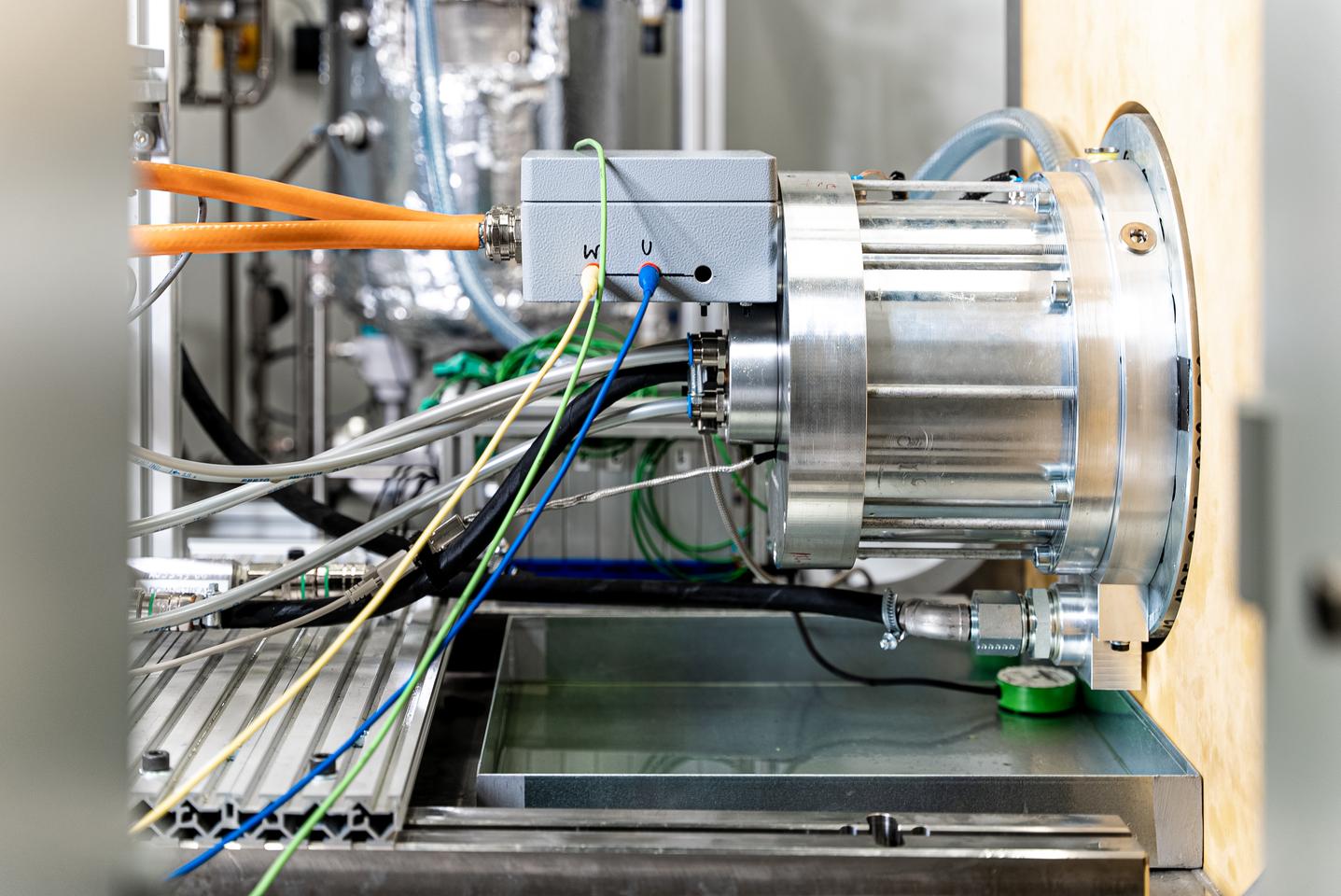Tier-one auto parts supplier Mahle has announced a groundbreaking “superior continuous torque” (SCT) motor for electric vehicles, capable of continuously pounding out more than 90 percent of its peak power without overheating – and it’ll work without magnets.
Electric motors, unlike combustion engines, are often specified with separate peak and continuous (or nominal) power ratings. That’s because running them flat-out for long periods can generate enough heat to damage components, so manufacturers build in thermal limiting systems that reduce power output down to the continuous level when they start overheating. The difference between the peak and continuous figures reflects the performance of the motor cooling system.
Here are a couple of examples. At the cheaper end of the scale would be something like the e-motor in the Ox Patagonia electric motorcycle. Peaking at 11 kW, it’s so badly cooled that it can only handle a continuous 6 kW – 55 percent of the peak power. Energica’s fancy new EMCE motor, on the other hand, peaks at 126 kW, but can handle a continuous 110 kW (87 percent of the peak) thanks to a very effective cooling system.
Mahle – a huge German parts supplier consistently posting sales over US$10 billion a year – says its new SCT motor takes things up a notch, with continuous power ratings over 90 percent of the peak. It uses an innovative oil cooling system that draws in oil through a central intake, then uses the centrifugal force of the spinning rotor to pump the oil up and around the stator coils surrounding it. The heat drawn out can be harvested for use elsewhere around the vehicle if required, or extracted through a radiator.
The result, says the company, is an exceptionally compact, light and efficient electric motor capable of handling sustained high-power situations that would previously have called for much bigger motors with much higher peak power ratings. This, says Mahle, is a motor that can haul a big electric truck up a long, steep mountain pass without dropping power, or handle some serious racetrack abuse in a performance car.

Mahle
Running smaller motors results in other benefits, too – they require less materials to make, dropping the price, and they weigh less, which boosts power-to-weight in sportscar terms, but also load capacity on a heavy hauler. Mahle says the SCT motor concept is suitable for passenger cars, commercial vehicles, construction machines and tractors.
The current prototype SCT motors currently use neodymium magnets, but Mahle says the concept will play well with its magnet-free designs. We took a close look at Mahle’s magnet-free motor innovations last year – they do away with rare earth metals and instead use contactless induction to induce precisely tuned electromagnetic fields in coils in the rotor. The company says they’re cheap and highly efficient, and significantly, they don’t rely on a supply chain that runs straight through China like nearly all rare earths. A magnet-free SCT motor would require “slightly more assembly space” than a neodymium version.
“Building large electric motors that deliver short-term high performance is easy,” said Martin Berger, Vice President Corporate Research and Advanced Engineering at MAHLE, in a press release. “What was still lacking on the market until now were durable yet compact drives to make electric vehicles unrestricted for everyday use. Our new SCT E-motor is the solution.”
The SCT motor will be presented at IAA Transportation in Hanover this September and it’ll take a while before we start seeing it in consumer EVs.
Check out a video below.
The MAHLE Superior Continuous Torque SCT E Motor
Source: Mahle
Source of Article